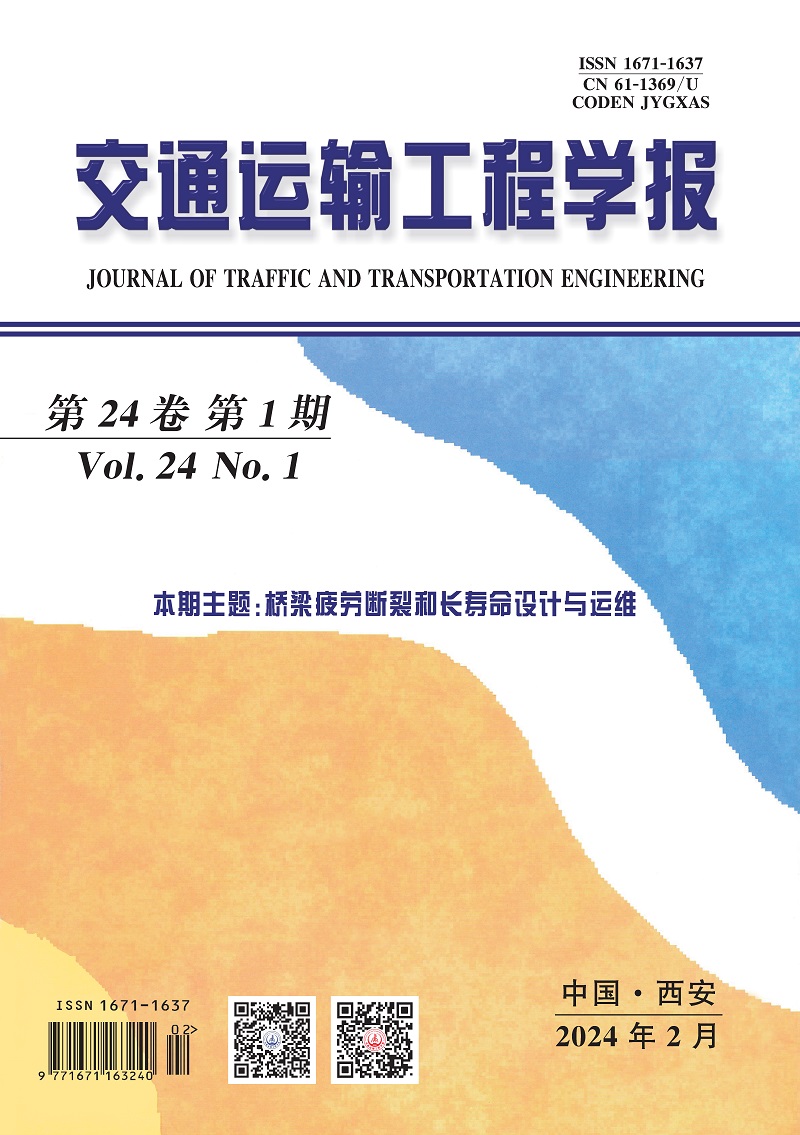2021 Vol. 21, No. 3
Display Method:
Structure-borne noise characteristics of fully-enclosed sound barriers on high-speed railway bridges
Abstract:
2021, 21(3): 179-192.
doi: 10.19818/j.cnki.1671-1637.2021.03.011




